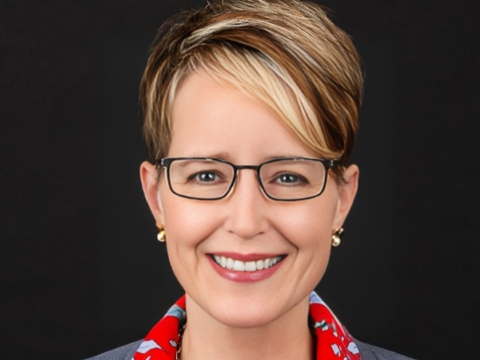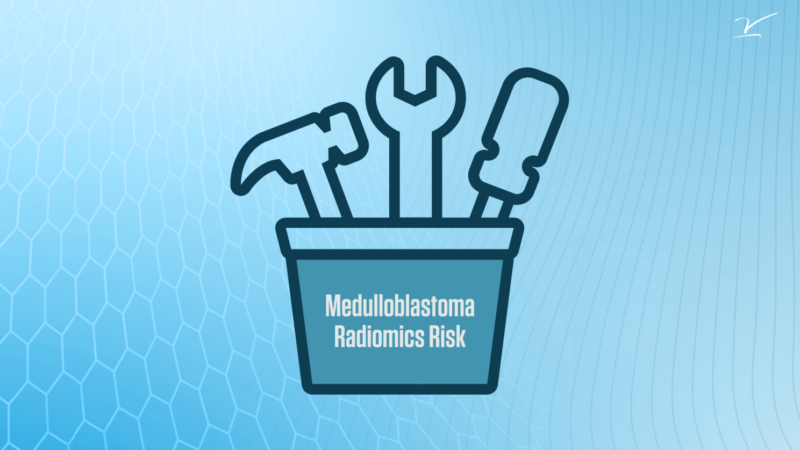
Susanna Greer: This researcher is making tools to improve quality of life
Susanna Greer, Chief Scientific Officer at The V Foundation for Cancer Research, shared on LinkedIn:
“Medulloblastoma is the most common kind of cancerous brain tumor found in children.
It’s a complicated disease because it can act very differently in different patients. Recently, researchers have discovered that there are four main types of Medulloblastoma, called WNT, SHH, Group 3, and Group 4.
Even within these types, especially SHH and Group 4, the way the disease progresses and how each patient responds to treatment can vary widely.
This makes it difficult for doctors to decide the best treatment for each child.

This week’s Cool Cancer Find is from The V Foundation grantee Pallavi Tiwari an Associate Professor at the University of Wisconsin-Madison whose study focuses on creating a tool called ‘medulloblastoma radiomics risk’ to help identify the risk levels within the SHH and Group 4 subgroups.
Their goal was to understand the unique characteristics of each tumor better so that doctors can predict how aggressive the Medulloblastoma tumor is and how likely it is to respond to treatment.
By using very cool imaging techniques, Dr. Tiwari and her team examined 70 cases of Medulloblastoma from three hospitals. They looked at 232 different features of the tumors, such as their shape and texture, to see how these might relate to the patient’s risk level.

The traditional method, called Chang stratification, didn’t show any significant differences in risk within the subgroups. However, the new medulloblastoma radiomics risk tool did find important differences.
For Group 4 patients, certain features of the tumor were linked to a higher risk, and for SHH patients, other features were also linked to higher risk.
This means that this tool could be a better way to understand and predict the behavior of these tumors, potentially leading to better, more personalized treatments for kids with Medulloblastoma.

The impact of this research on children with medulloblastoma could be profound.
Accurate risk stratification means that children who are at higher risk can get more aggressive treatment right away, which could improve their chances of survival. On the other hand, children who are at lower risk might avoid unnecessary treatments that can have harmful side effects.
This personalized approach could not only help save lives but also improve the quality of life for pediatric cancer patients by reducing the long-term impacts of their treatment.
Congratulations team Tiwari and keep up the great work – cancer patients are counting on you.
Read Dr. Tiwari’s incredible paper here and and follow the Tiwari lab here.”
Source: Susanna Greer/LinkedIn
-
Challenging the Status Quo in Colorectal Cancer 2024
December 6-8, 2024
-
ESMO 2024 Congress
September 13-17, 2024
-
ASCO Annual Meeting
May 30 - June 4, 2024
-
Yvonne Award 2024
May 31, 2024
-
OncoThon 2024, Online
Feb. 15, 2024
-
Global Summit on War & Cancer 2023, Online
Dec. 14-16, 2023
